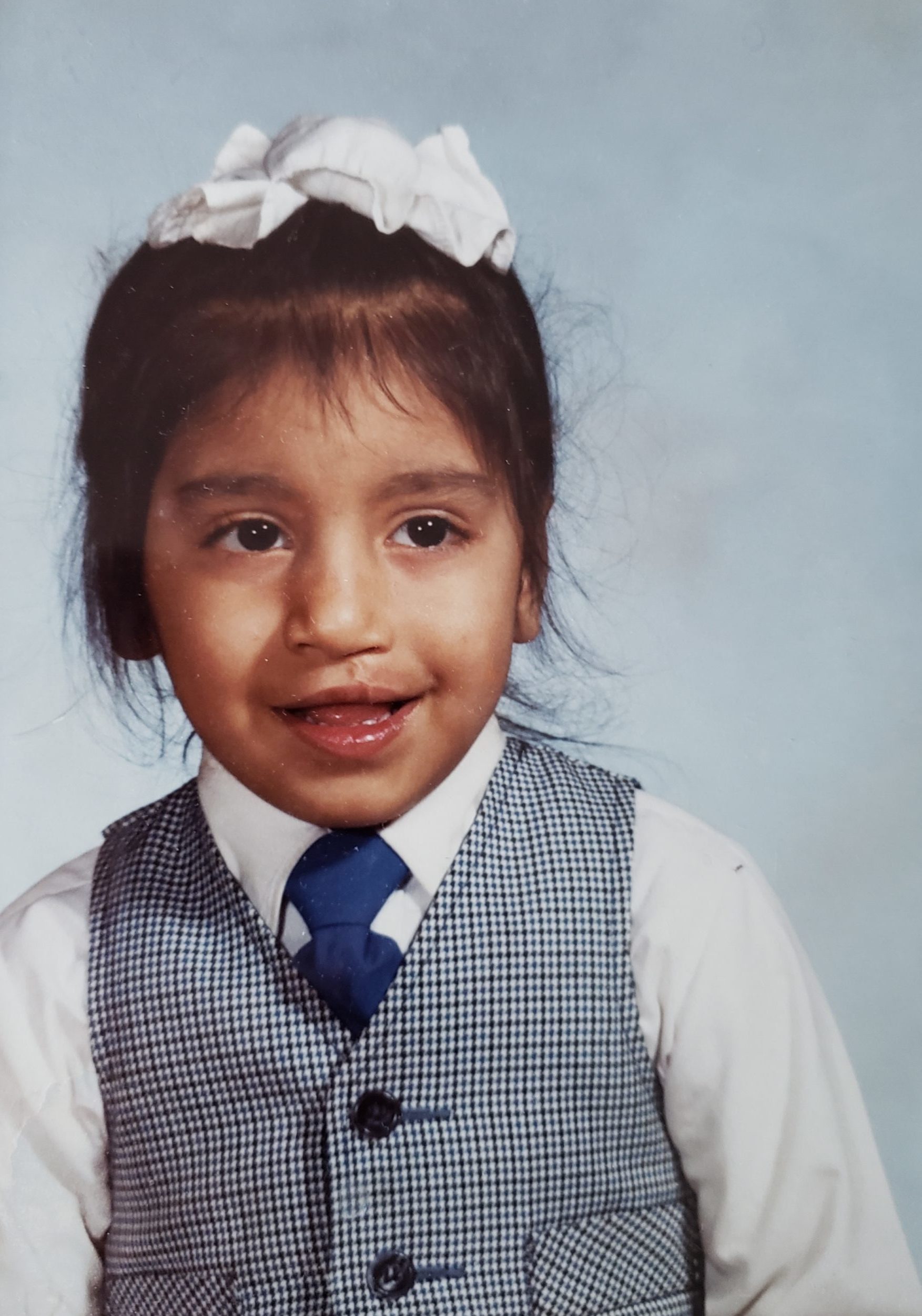October 7, 2015
Personalized Medicine and Craniofacial Anomalies
 We are now in the era of personalized and precision medicine. The concept is not completely new. Importance of individualized diagnoses and treatments has been known for centuries and usually distinguished successful doctors from other doctors. A big credit for its renaissance at present goes to genomic medicine.
We are now in the era of personalized and precision medicine. The concept is not completely new. Importance of individualized diagnoses and treatments has been known for centuries and usually distinguished successful doctors from other doctors. A big credit for its renaissance at present goes to genomic medicine.
For several decades, we have been using genetic analyses to narrow and specify diagnoses of many syndromes involving orofacial clefts. Based on this, we could select the best treatment plan.
Non-syndromic cleft lip and palate anomalies (NCLP) are generally not considered life-threatening medical conditions, as today’s interdisciplinary treatment leads to excellent outcome that enables a child or an adult born with orofacial cleft to live practically the same life as his or her peers. However, in developing and undeveloped countries, this is not the case.
Cleft lip and palate anomalies are the most common and the most severe congenital anomalies of the face and mouth and the second most common birth defects in general: in average, one in every 560 newborns is affected with a cleft.
This situation will not change until we will change our gears and focus our interest, time, and funding on development of efficient strategies for cleft prevention. And that is where genomics medicine, personalized and precision medicine has an unreplaceable role. It helps us to distinguish uniqueness of one individual from the other, to understand gene-gene, gene- environment, environment-environment interactions, and epigenetic status. In 1982, in the Lancet article, we showed that a significant proportion of cleft lip and palate anomalies are preventable. More evidence from our studies and studies of others was obtained later. Analysis of maternal diet, which is one of the critically important environmental factors, revealed four nutrients – we called them “candidate nutrients” – that were associated with NCLP most often: low intake of folate, zinc, and B6 vitamin, and high intake of vitamin A.
We are concluding that our studies combined with studies of others show enough scientific evidence that a significant proportion of NCLP can be prevented. However, different genes creating susceptibility for NCLP and different environmental factors triggering them exist in different populations, as well as between individuals: “ONE SIZE DOES NOT FIT ALL”. Therefore, prevention approach has to address these differences in specific cleft prevention strategies and really take advantage of all benefits offered by the personalized medicine.
Biography
Marie M Tolarova graduated from Charles University School of Medicine in Prague and received MD degree at the age of 23 years and is Board Certified in Pediatrics and Medical Genetics. She completed her PhD at the age of 28 years and her DSc at the age of 44 years both at the Czechoslovak Academy of Sciences and Charles University School of Medicine in Prague. Dr. Tolarova has devoted over 45 years of her professional carrier to treatment, research, and prevention of cleft lip and palate and craniofacial anomalies. She has over 450 scientific publications and presentations, has been the keynote and featured speaker at numerous scientific meetings, and has held over 20 visiting professorships worldwide and recently helped to establish Indo-Pacific Cleft Prevention Program in Chennai, India. She is Professor of Orthodontics and Executive Director of the Pacific Craniofacial Team and Cleft Prevention Program, University of the Pacific, Dugoni School of Dentistry in San Francisco, Director of Genetic Research and Prevention of Rotaplast Intl. Inc., and Trustee of International Cleft Lip and Palate
Foundation.
Originally published by University of the Pacific and written by Marie M Tolarova.
View the original article here.
Back to All Media


 We are now in the era of personalized and precision medicine. The concept is not completely new. Importance of individualized diagnoses and treatments has been known for centuries and usually distinguished successful doctors from other doctors. A big credit for its renaissance at present goes to genomic medicine.
We are now in the era of personalized and precision medicine. The concept is not completely new. Importance of individualized diagnoses and treatments has been known for centuries and usually distinguished successful doctors from other doctors. A big credit for its renaissance at present goes to genomic medicine.

